While the overall technical design of a standard c-Si photovoltaic module is quite similar from one manufacturer to the other, there are certainly ways that manufacturers are adding features to gain an edge over the competition, such as half-cut solar cells.
In this article, we look into the technical features, advantages, and possible disadvantages of solar PV modules with half-cut solar cells, which are currently produced by manufacturers such as REC Solar, Mitsubishi, and Solarworld.
Why cut solar cells in half?
Solar cells are cut in half to reduce cell-to-module losses during assembly. Power loss is generally proportional to the square of the current times resistance. Therefore when cutting a solar cell in half, the power losses are reduced by a factor of four.
As there is currently no specialized third-party supply chain of half-cut solar cells, the producers of such modules with half-cut solar cells have to take care of the cutting step themselves.
During production, it involves the additional step of cutting the solar cells with a laser and breaking them in two.
Electrical losses = current2 x resistance
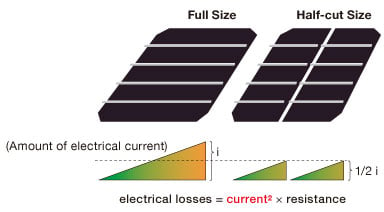
Half-cut solar cells by Mitsubishi
Half-cut solar cells and higher efficiency
When the area of a solar cell is cut in half, the amount of electrical current that is carried by each busbar is reduced by half as well.
This decrease in electrical resistance within the busbars results in an overall increase in efficiency, especially during times of high irradiance, driven by significantly higher short-circuit current (Isc) and Fill Factor (FF).
The actual increase in efficiency per manufacturer varies in the range of 1.5-3% efficiency increase, which is significant.
Half-cut cell module design
Cutting solar cells results in half the current, and… double the voltage. Solar modules with double the voltage would be a disadvantage, as the higher string voltage would result in half the amount of modules that can be connected per string to the inverter.
Therefore most manufacturers adopt the following string layout to produce voltages similar to standard solar modules:
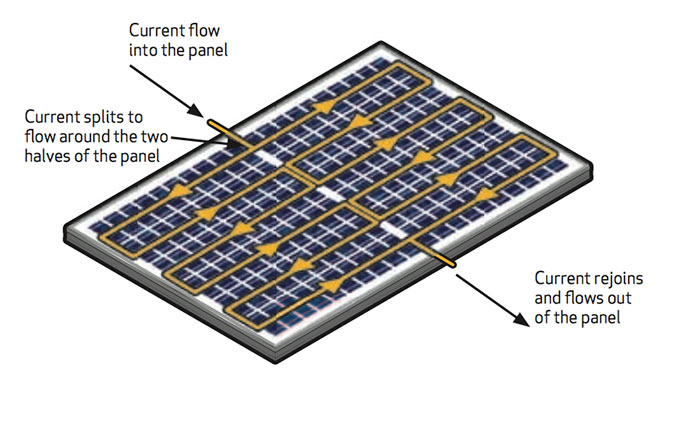
REC TwinPeak Series – Half-cut solar cells
The string layout of the REC TwinPeak series shown above also helps to reduce internal resistance and ensure optimal power production when the solar module is partially shaded:
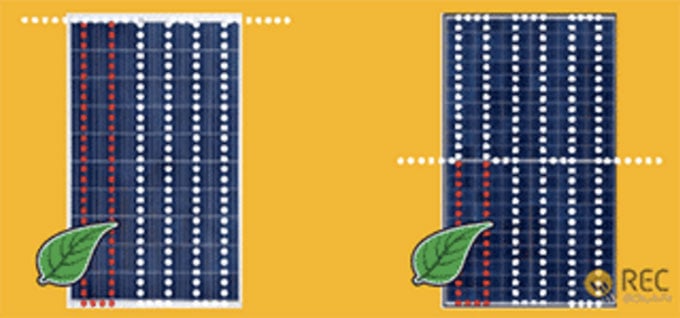
REC TwinPeak – shade tolerant
Half-cut solar cells and manufacturing
One clear disadvantage of using half-cut solar cells is the fact that it requires an additional step in the manufacturing process:
the solar cells need to be cut or rather ‘grooved’ using a laser cutter and are thus broken into two pieces. These half-cut solar cells are typically sized 156×78 mm.
From a quality point of view, there may be potential disadvantages when it comes to half-cut solar cells:
- twice as many soldering connections, which increases the chances of (more) bad contacts
- cutting solar cells into two may increase the chance of cell-inherent defects
Of course bad contacts and cell inherent defects can be prevented during manufacturing with proper quality control.
An additional step in manufacturing comes of course at an additional cost. Nowadays there are several companies that produce automated equipment for half-cut solar cell manufacturing.
The first integrated production cell cutting equipment has been developed by German InnoLas Solutions GmbH and another known player is 3D Micromac.
Other ways for solar module differentiation?
Besides half-cut solar cells, one trend we clearly see is the increase in the number of busbars. Similar to the use of half-cut solar cells, using more busbars reduces the inner electrical resistance.
This decrease in inner resistance is achieved because the distances between the busbars are shorter and less current flows through each smaller electrode where resistance is the highest. Using multiple busbars certainly leads to higher efficiency, and can reduce the effects of cell inherent defects.
After reading about half-cut solar cells, you may ask yourself:
why aren’t more manufacturers using half-cut solar cells?
Next week we’ll publish an interview with REC Solar, currently, the leading manufacturer of solar modules with half-cut solar cells, and we may be able to answer this question!

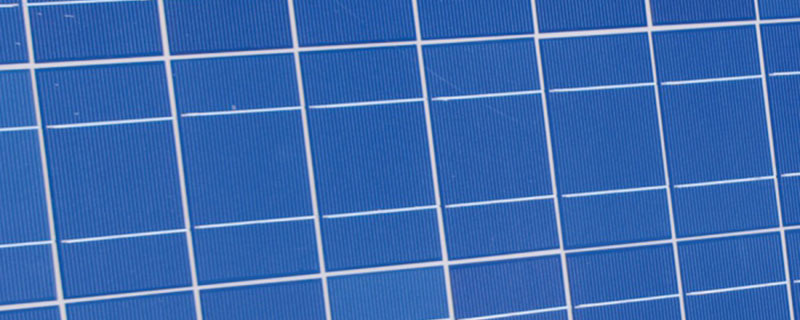

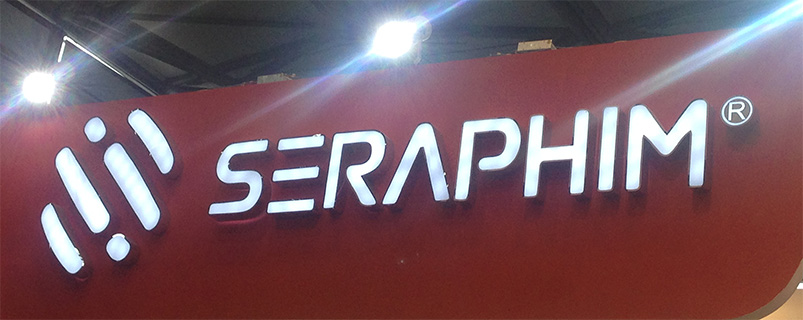
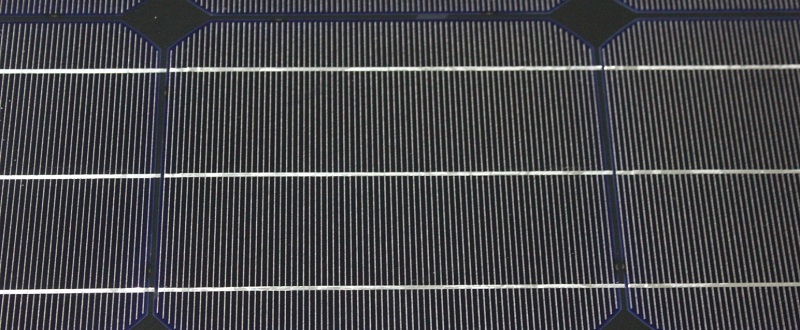
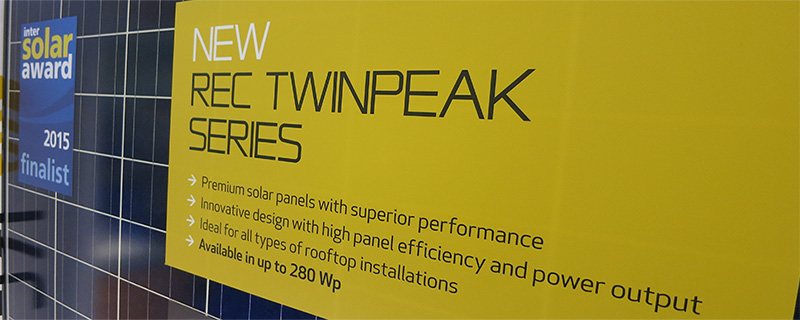
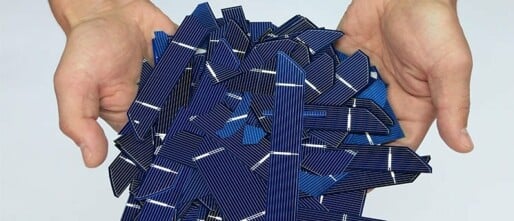
J N Karamchetti
on 30 Apr 2019Mukul Tripathi
on 19 May 2016HL
on 07 May 2016